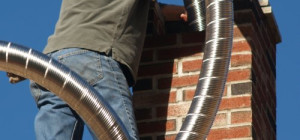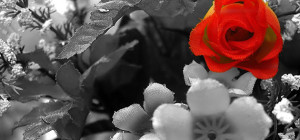 A headstone is a personal and important tribute to celebrate a life lived. It plays an important role in remembering the lost souls. It is also the last representation of your loved ones.
A headstone is a personal and important tribute to celebrate a life lived. It plays an important role in remembering the lost souls. It is also the last representation of your loved ones.
The headstone design process is initially overwhelming, but it is tremendously rewarding. Besides selecting a memorial’s material, style, and size, there are various personalization options to consider, such as writing style, inscriptions, artwork, etc.
Having knowledge about the process and types of personalization options you can add to the headstone can alleviate some stress in the already painful times. There are two common design methods: engraving and etching for headstones. This article explains both these methods and their differences in detail.
Engraving
Engraving is surely the most common method used for designing headstones. They are important for both lettering and symbols/images. Engraving is basically a process of cutting designs or artwork on hard surfaces such as headstones.
Traditionally, hammers and chisels were used for cutting hard surfaces, now sandblasting has become the preferred graving method. The process gained popularity with artisans due to its precision and accuracy.
Sandblasting involves the use of highly compressed air to shoot the small particles of sand through a hose and erode the granite surface. This technique is considered the most effective method to engrave lettering and artwork on headstones. It can be used on headstones of polished granite and dark colors, producing visually perfect results.
Further developments in technology and technique have made it possible to hire artists for engraving services, to later add a date, sign, or artwork on an already placed headstone.
Downside
The downside of the engraving on the headstone is that the wind, rain, dirt can collect in the engraved designs. This collection of debris, dirt, and rainwater can soften the designs over time. The engraved designs are often easily weathered as compared to the etched designs.
However, an engraved headstone is easy to read, and it is much easier to clean. The engraved headstones last longer as compared to metal plaques.
Etching
When you want to add a more detailed image to the headstone of your loved ones, etching is the correct choice. Engraving makes deeper cuts, but etching produces shallow cuts leaving detailed designs.
Etching can be done in two ways, by hand and by using a laser.
Hand Etching
Hand etching is an incredible and difficult skill that adds uniqueness and personalization to a memorial. Master hand etchers can take a scenic picture, or multiple pictures of the person and make one-of-its-kind images for a memorial. These unique artworks are secured on the stone and help you honor your loved ones.
Talented etchers use the diamond tip of the engraving tool and etch the image dot by dot on granite. This gradual process creates more depth and contrast in the headstone. This type of etching is deeper than laser etching and is best used on black granite.
Hand etching is not only an impressive precision skill to have, but it is also a true art that a machine cannot yet do on its own.
Laser Etching
This type of etching uses a computerized laser that burns the surface of the stone. Laser etching enables artists to create detailed and accurate recreations of the original pictures in the stone.
Laser etching is a less expensive alternative to hand etching. It becomes even more effective if you are able to provide a clear picture of the deceased or the design.
Downside
The slight drawback of laser etching is that it does not provide the artistic difference of hand etching. Moreover, It does not provide the same depth that creates contrast for lettering and symbol designs.







